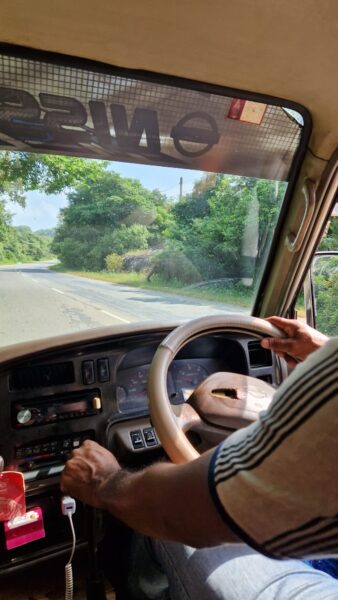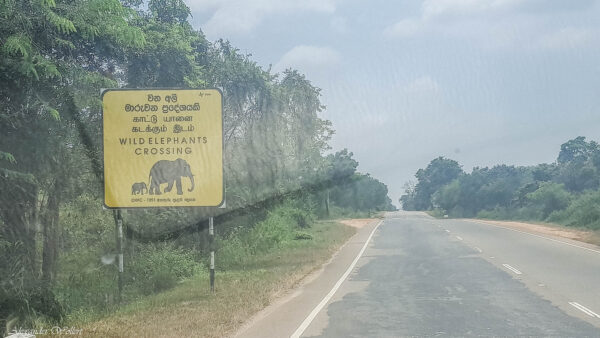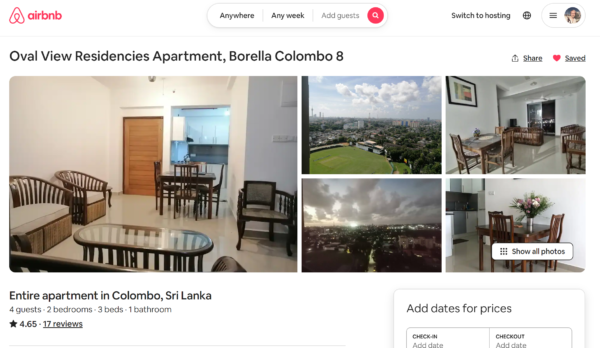Diary Entry
We had hoped for more from our stay in Trincomalee and left the capital of the Tamils earlier than planned. Nevertheless, it was an interesting and memorable stay there. We took a shuttle taxi the long way to Colombo. We want to spend the last few days of our trip there getting to know the capital.
The long route runs straight diagonally across the island. There is no direct train connection, but it is possible to travel from Trincomalee to Colombo with one change.
We come to the Minneriya and Somawathiya National Parks again. So we see the beautiful landscape and monkeys and wild elephants on the side of the road.
Check out how to use trains in Sri Lanka
There is no direct train connection, but it is possible to travel from Trincomalee to Colombo with one change.
This time we are residing in a modern apartment in a high-rise building with a sweeping view of the city. The complex is called “Oval View Residence” and is similar to the modern enclaves that I know from Singapore, Manila, Asuncion and Santa Cruz de la Sierra. A thousand people live in this complex, it is fenced in and full of security guards.
Within the fences you can find everything you need, from a supermarket to a swimming pool and a fitness center, without having to leave your enclave. It takes just under thirty minutes by tuk tuk to get to the city center.
Let’s treat ourselves to luxury
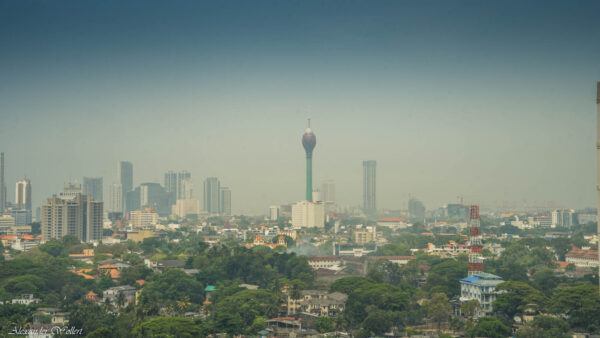
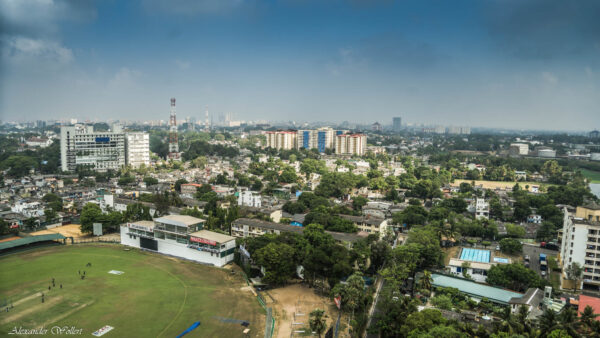

In the districts of Kollupitiya and Bambalapitiya there are numerous shops, office buildings and restaurants and several modern shopping centres, which mainly attract the western-oriented upper class.
We explore the city center and first visit the Jami Ul-Alfar Mosque. The Islamic place of worship from 1909 is unique due to its red and white coloring.
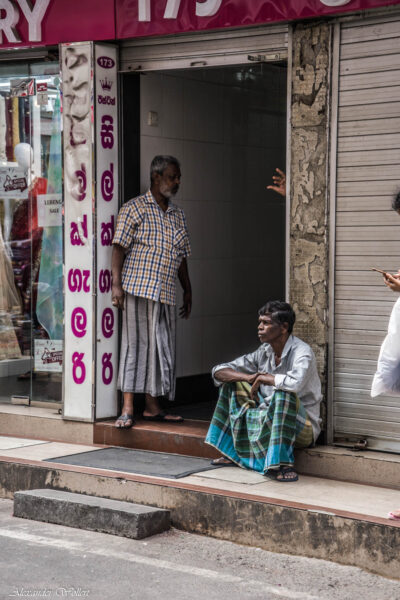
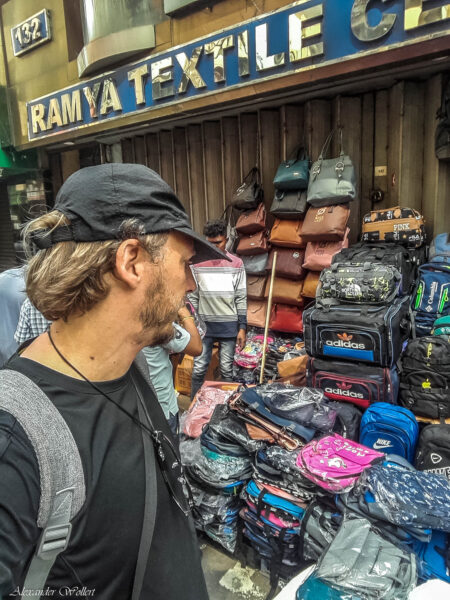
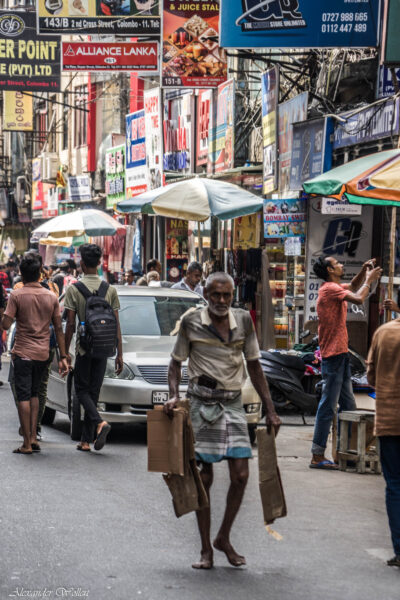
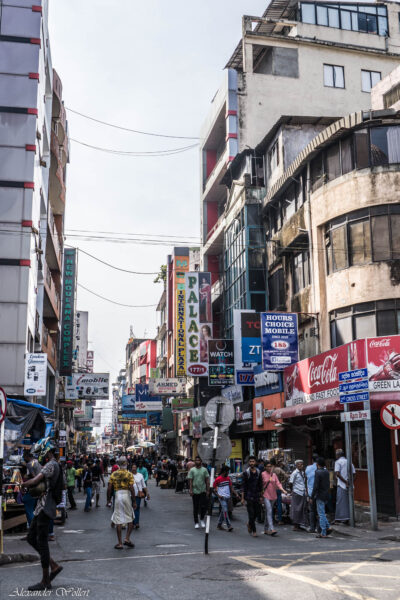
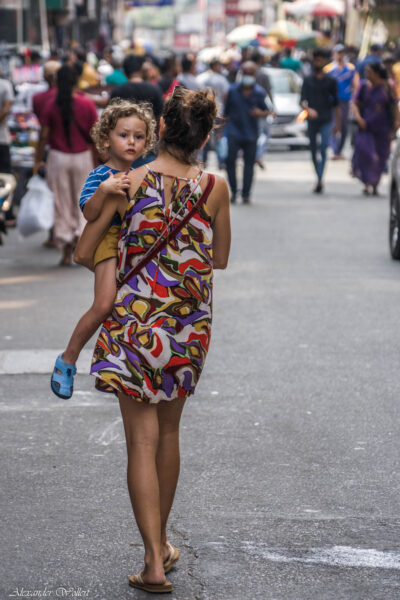

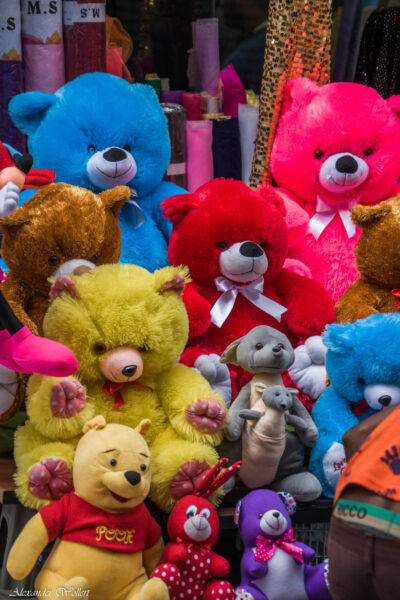
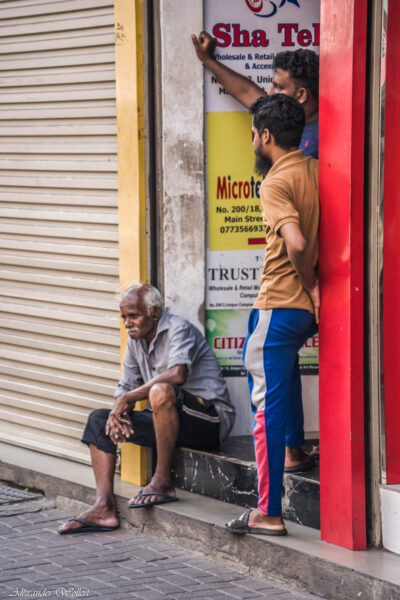
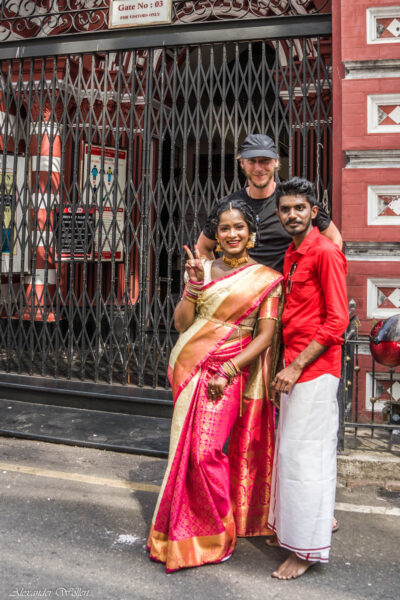
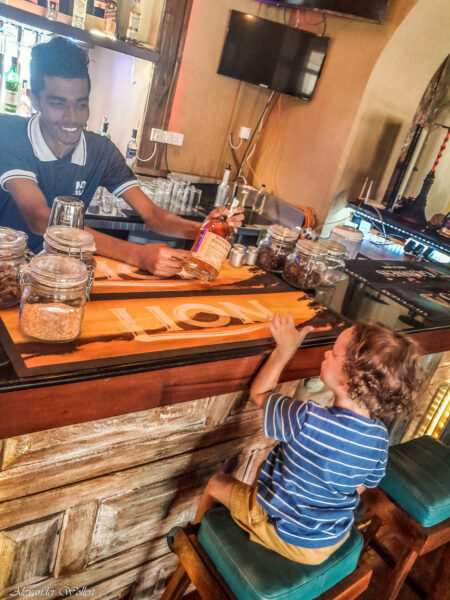
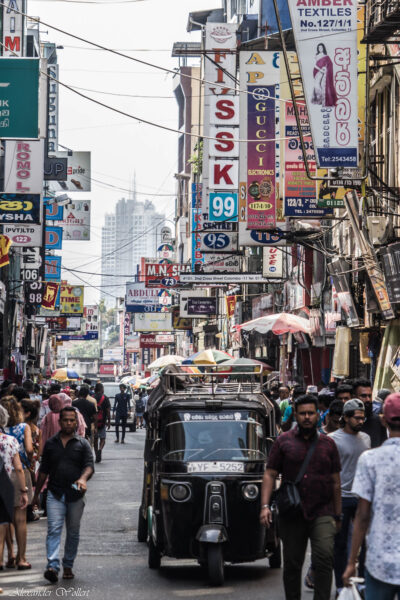
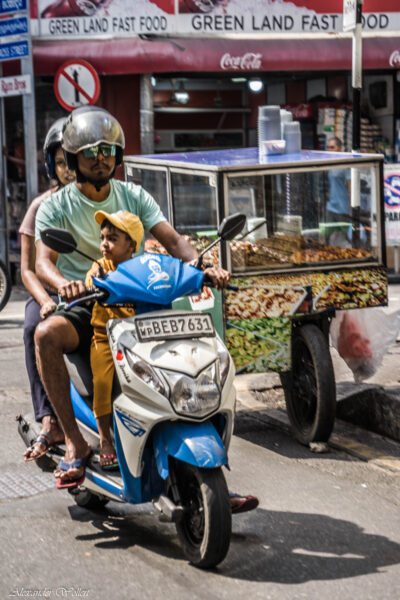
The streets around the mosque are packed. It seems to be the Muslim quarter. People dress and wear beards like in Islamic countries.
Markets full of textiles and junk extend far into the streets, through which people and vehicles jostle. It is hot and noisy.
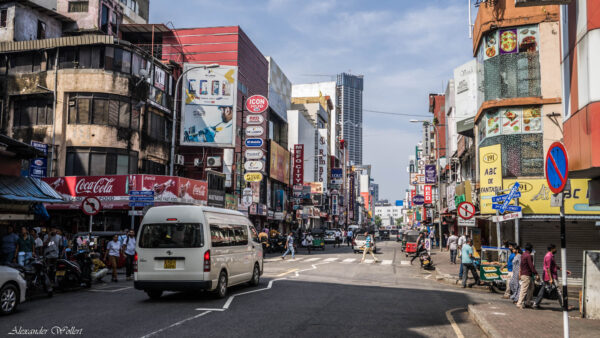
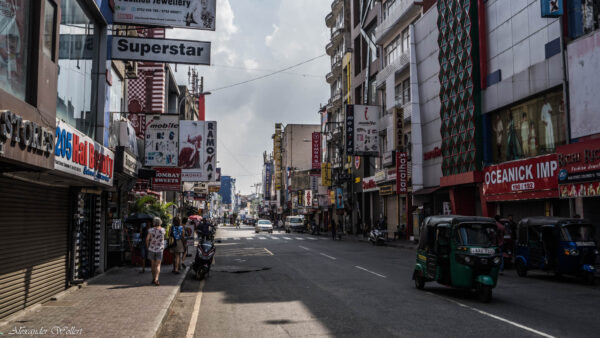
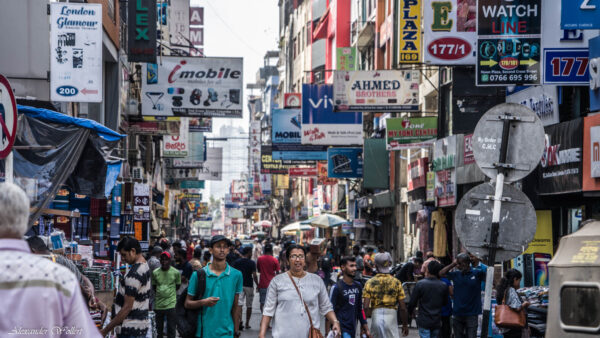

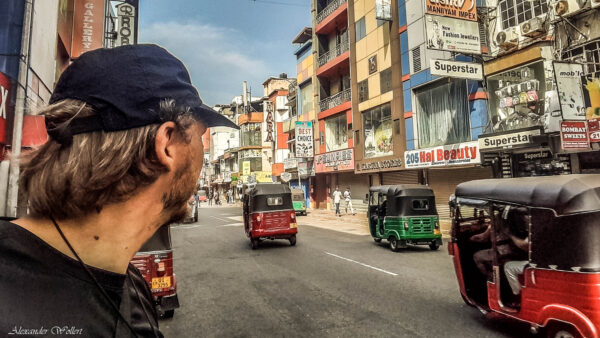
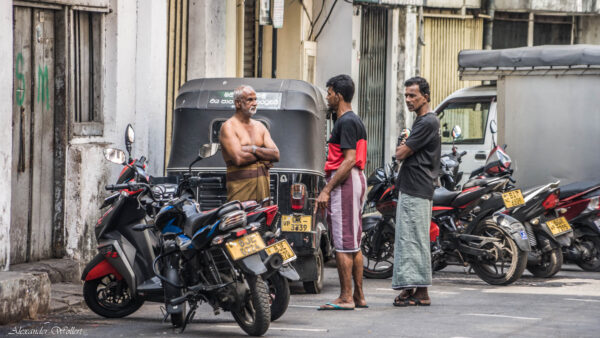
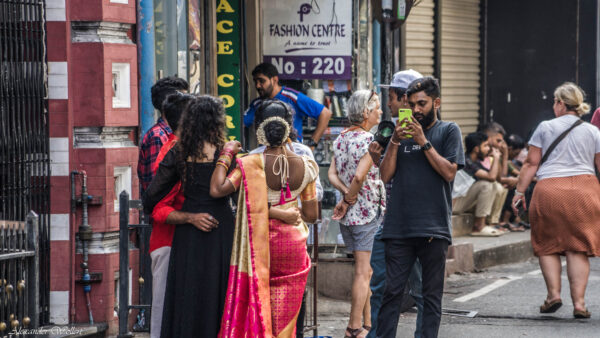

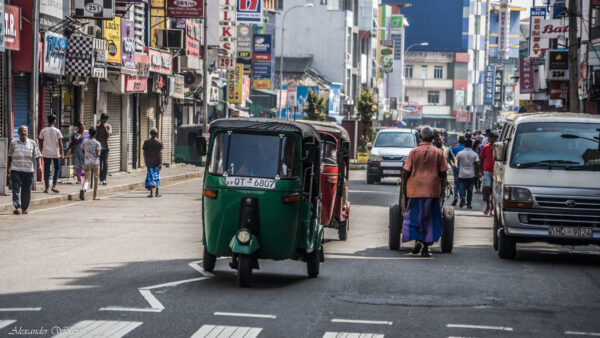
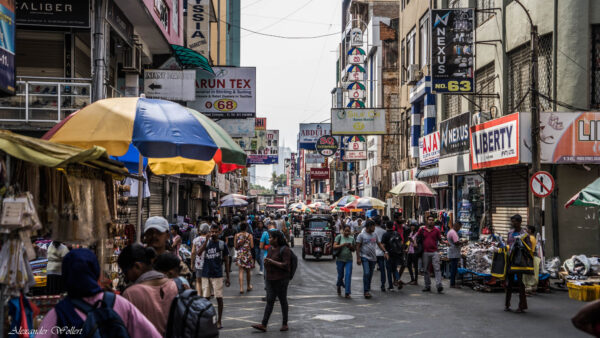
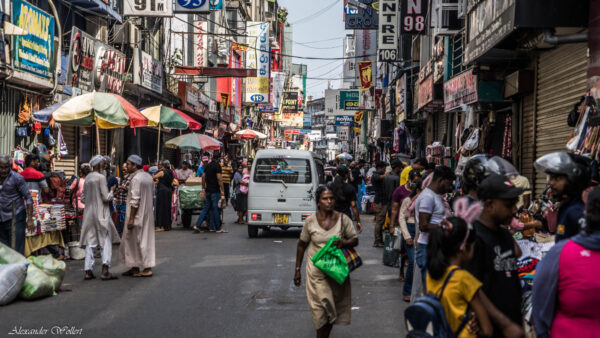
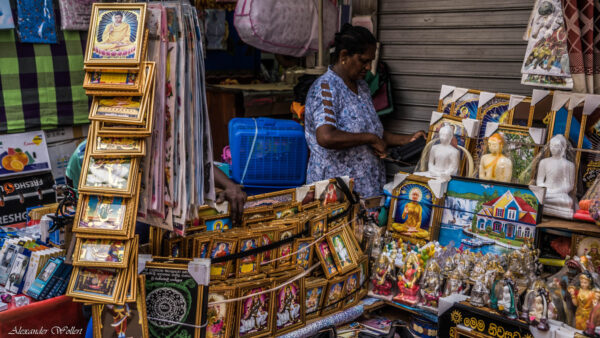
The Fort – The “Old Town”
However, Colombo does not have “the” city center where everything is located. The sights are all scattered throughout the city. In the 16th century, the Portuguese took possession of some of Sri Lanka’s coastal areas, including Colombo and its port.
They gave it the name Kolamba (anglicized Colombo), which means “harbour” in Sinhala. The historic centre of the city is the fort, which is now the service and business district.
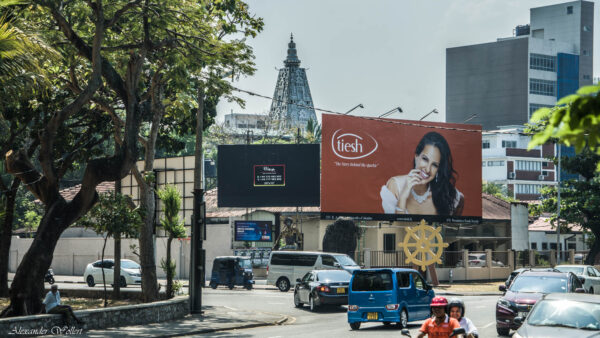
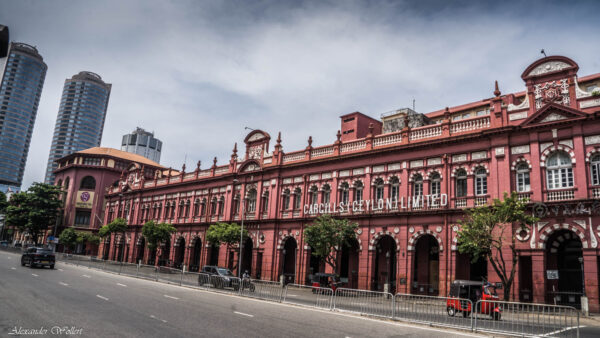
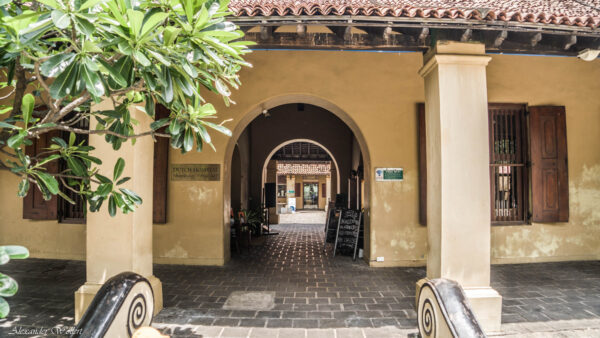
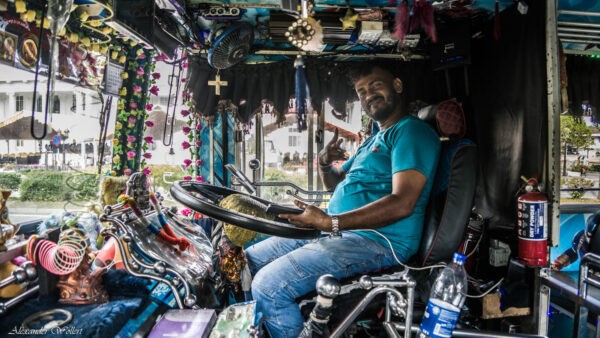
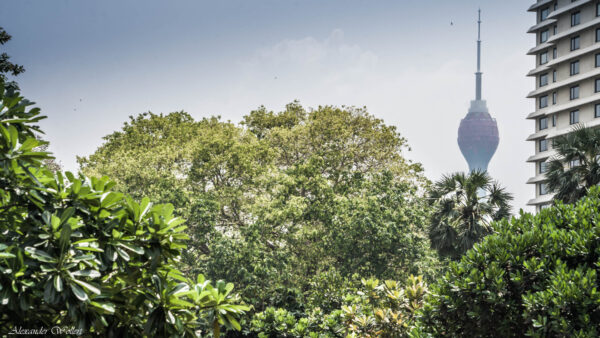
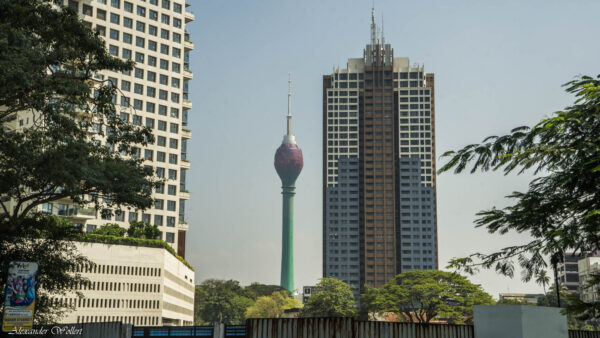
The Lotus Tower is visible from everywhere
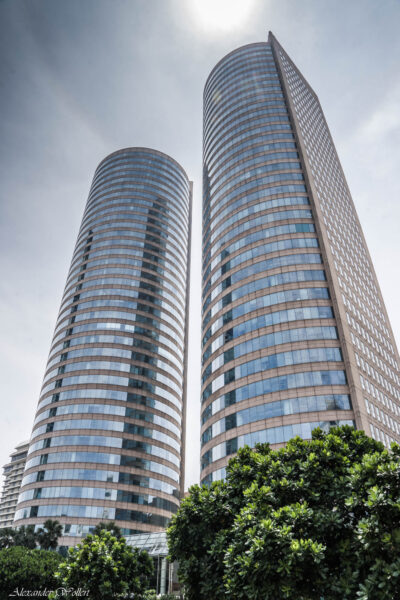
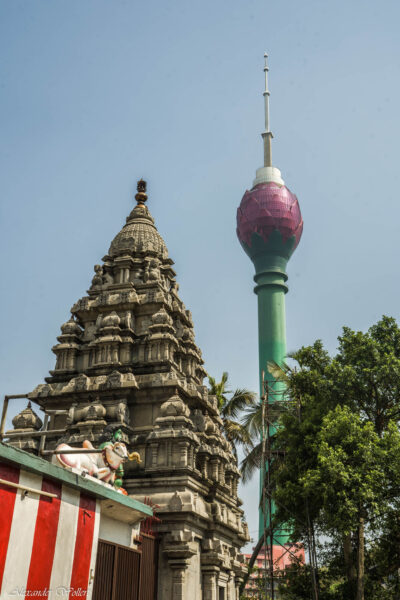
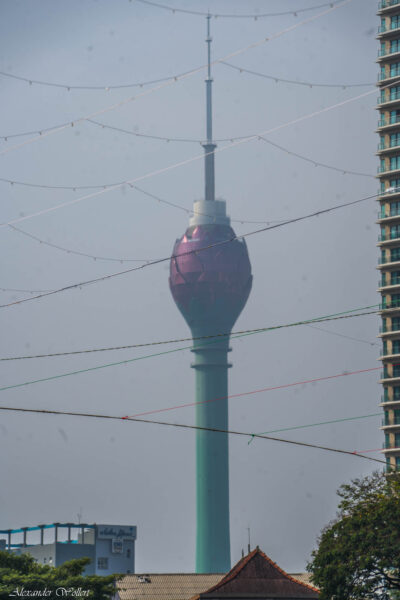
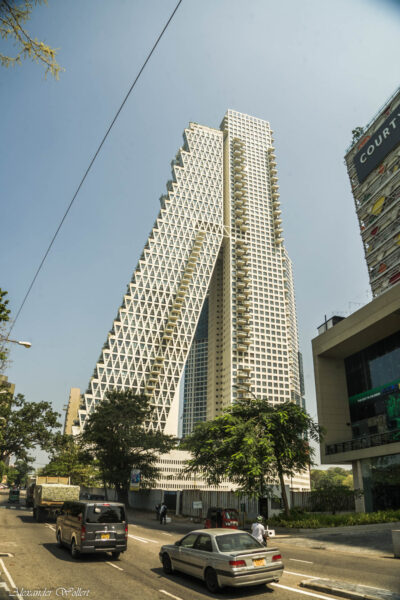

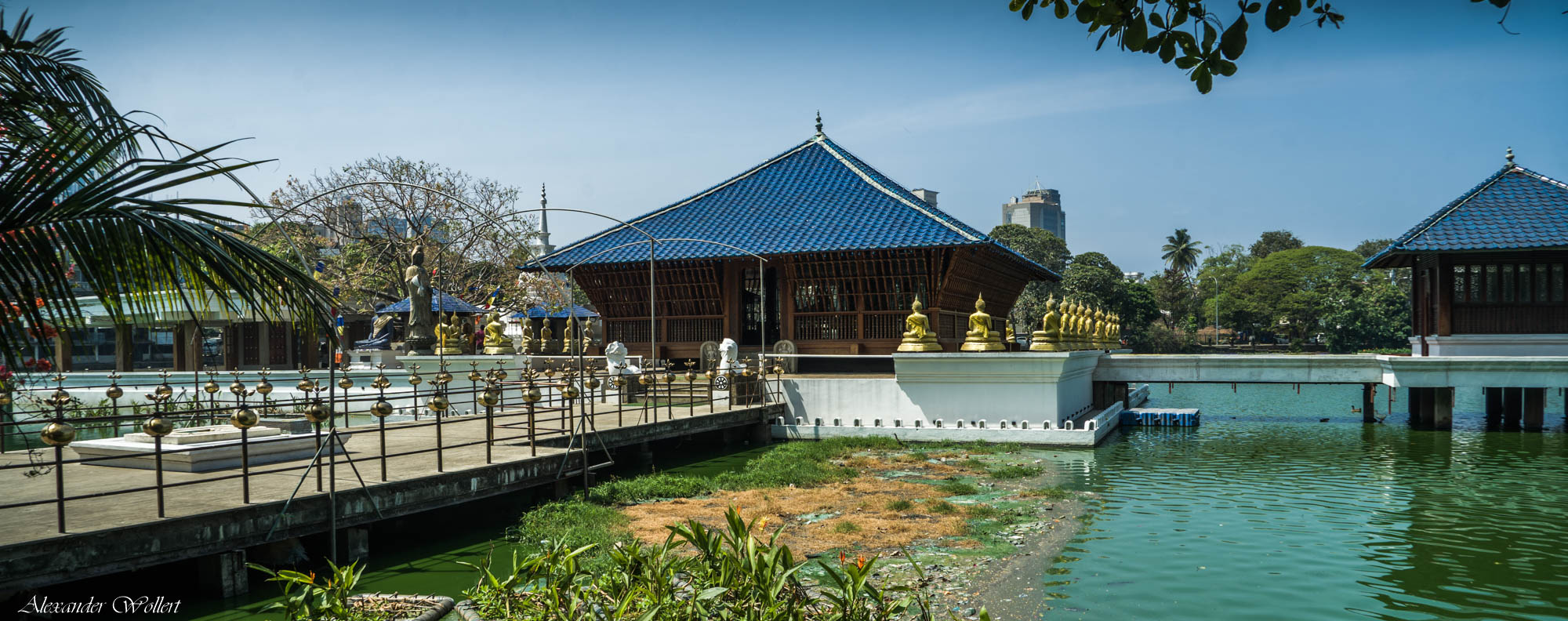
The old part of the fort is home to the old parliament, the presidential residence, the twin towers of the World Trade Center Colombo, the second tallest building in South Asia, Beira Lake and The Kingsbury; the mix of colonial and modern architecture is worth seeing. A little way away from the financial district is the Lotus Tower, the tallest building in the country at 350 metres. Galle Face Green is a long lawn south of the fort, which fills up with visitors, especially on Sundays and public holidays, who stroll along the beach promenade in their fine evening attire at sunset.
At the southern end is the Galle Face Hotel, the oldest hotel in the city (founded in 1864). The white facade and the entrance hall of the building are impressive examples of Victorian style in Sri Lanka; the hotel’s appeal is demonstrated by a plaque in the hall listing the many prominent visitors since its opening. Galle Road is Colombo’s main artery. It runs straight from the fort a few hundred meters inland along the coast to the southern city limits.
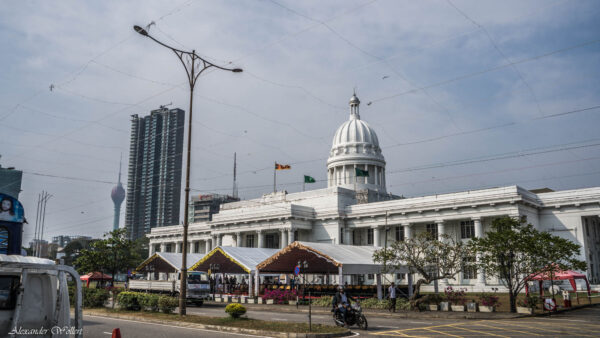
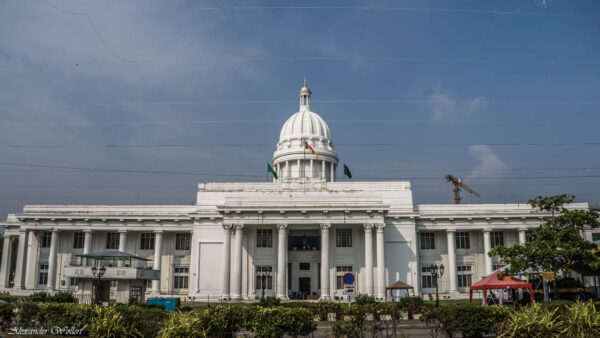
Vihara Maha Devi Park

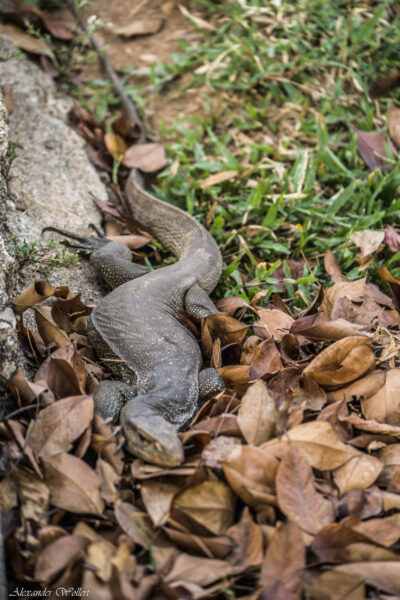
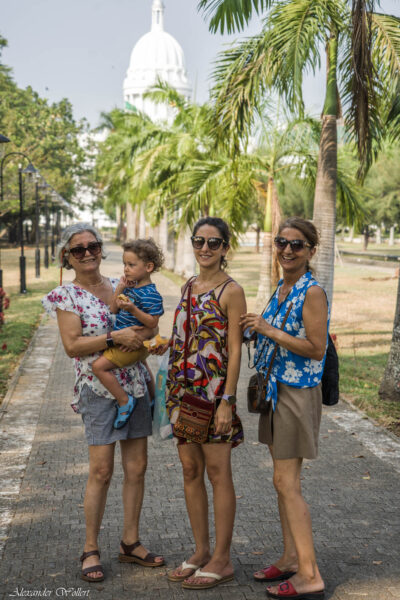
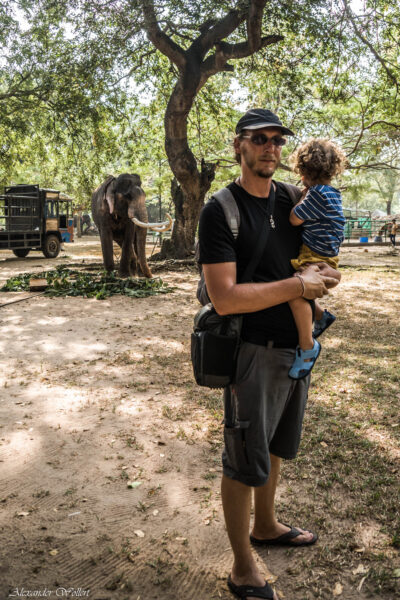

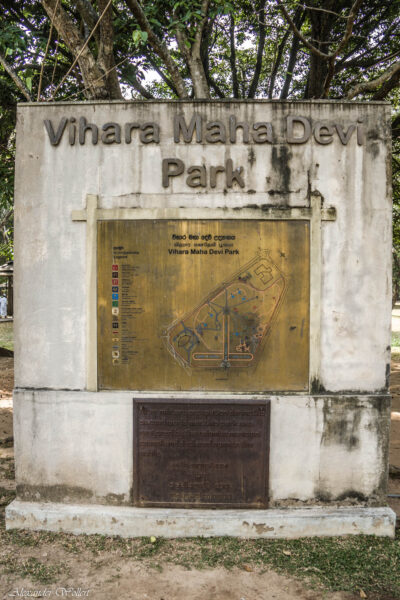
We find the Vihara Maha Devi Park on the map and are curious to see what there is to see here. The park is directly opposite the Old Parliament. The street there is decorated. In the park we see elephants that are chained up or are being transported there. I ask a police officer what these decorations and the elephants are all about.
The man explains to me that there is an extraordinary Hindu festival taking place tonight, in which the elephants also play a part. Why don’t we come and see it, he asks. Yes, why not? We make a note of it and in the evening Sara and I witness the first ever Bhagavad Gita festival in Sri Lanka – it will be a fantastic memory!
Wow – Elephants in the park
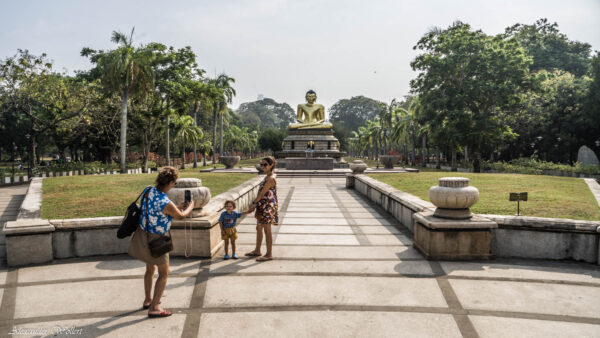

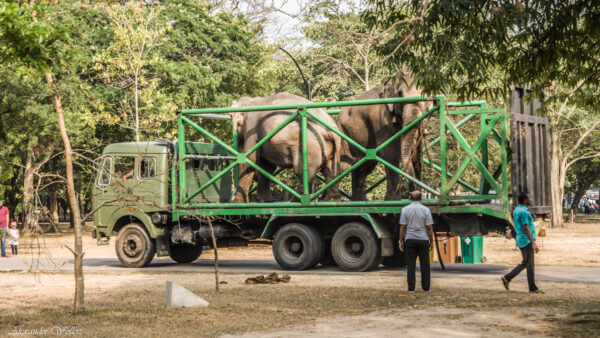
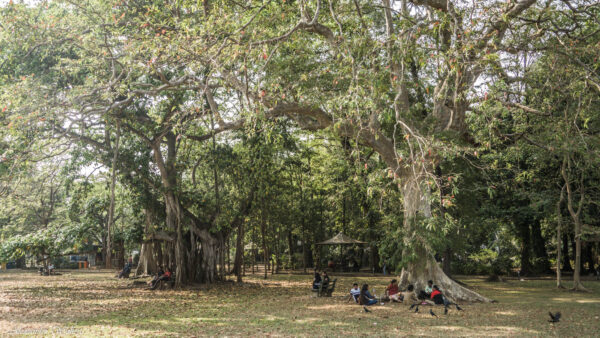
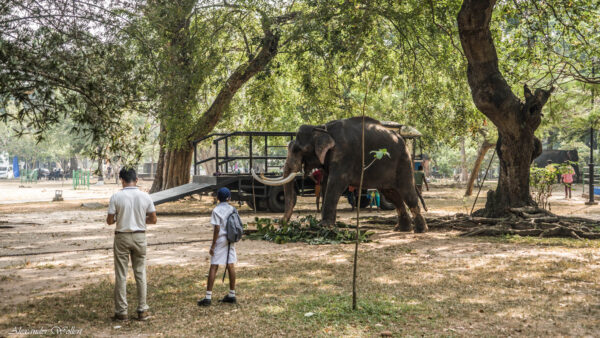
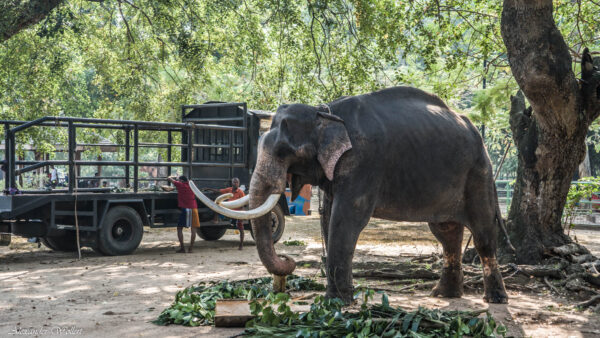

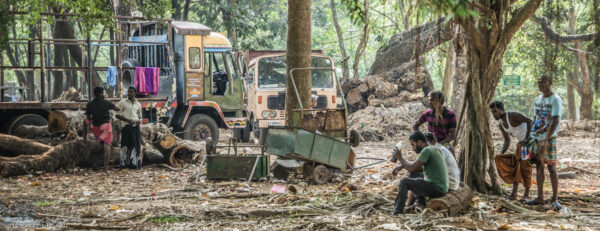
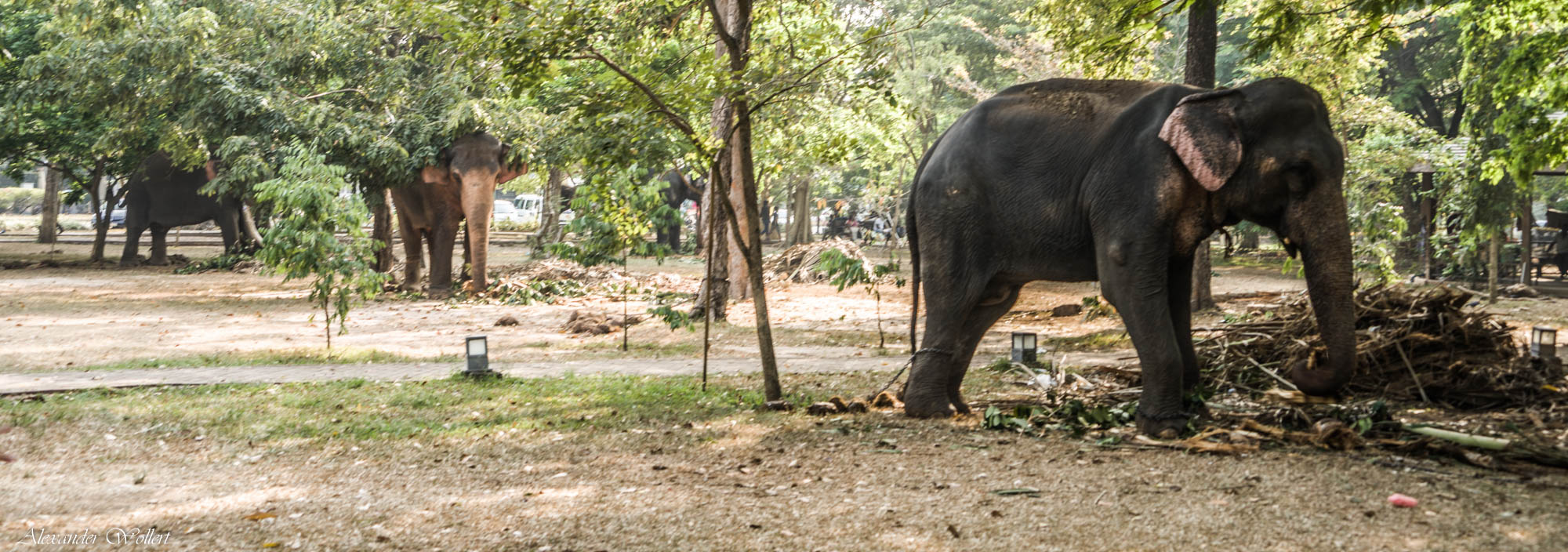
Jami Ul-Alfar Mosque
We also want to see the Jami ul-Alfar Mosque from the inside. Entry and a guided tour of the mosque are free. The guide explains that the red and white coloring is a reference to the coloring of a pomegranate, the holy fruit in the Quran. Leon enjoys running through the mosque on his own.
He is fascinated by the water basins that are set up in rooms. He also finds it particularly fun to run into the areas that are closed to guests and reserved for worshipers. The man who guides us through the mosque, however, is very relaxed and laughs.
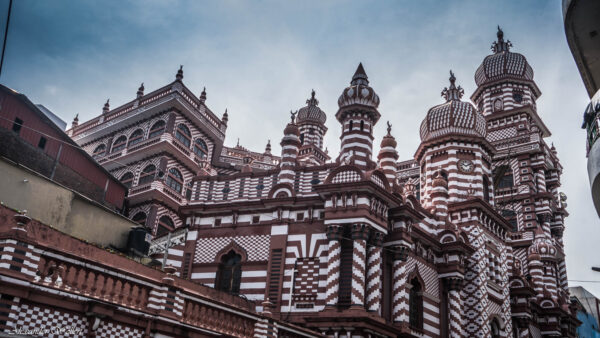
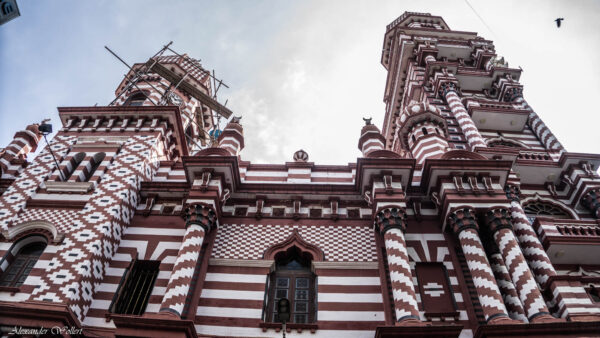
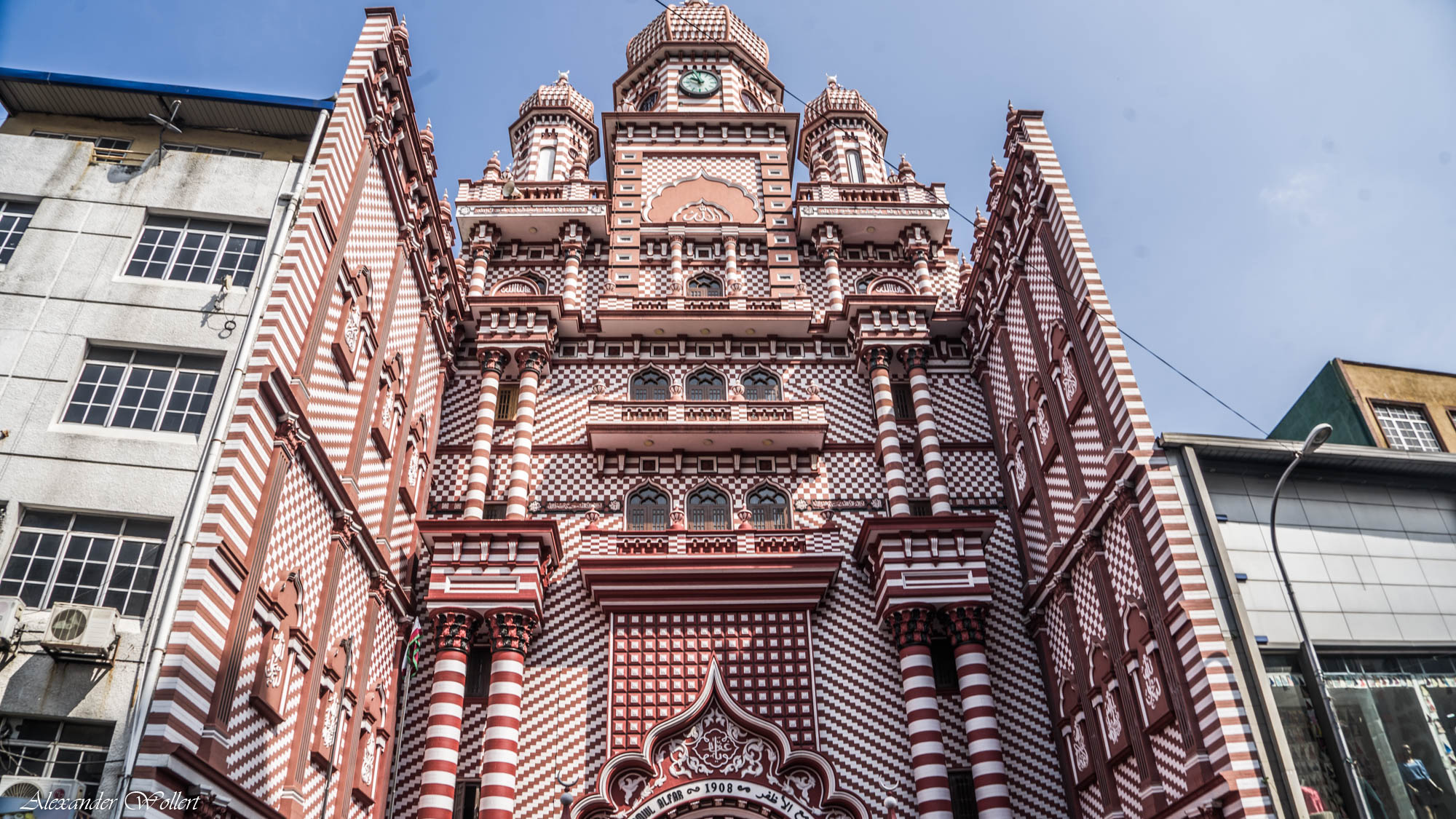

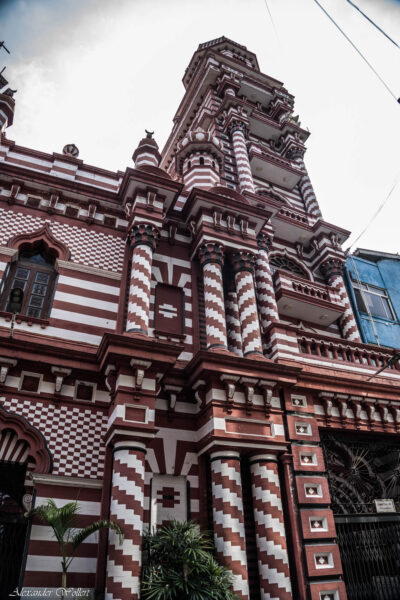
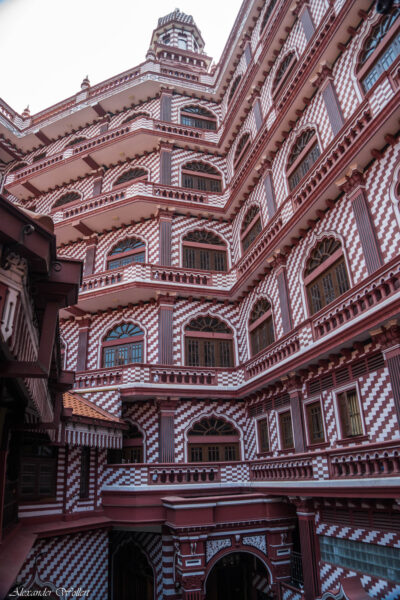
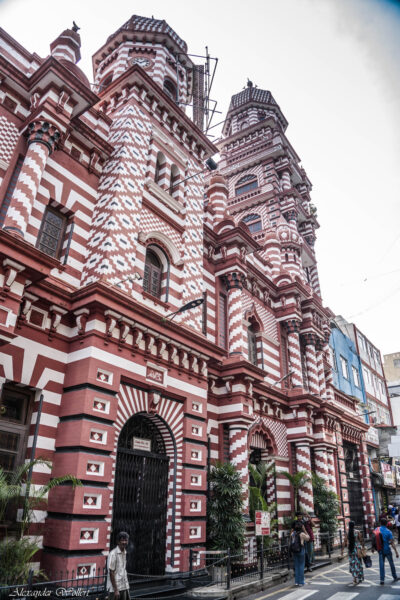
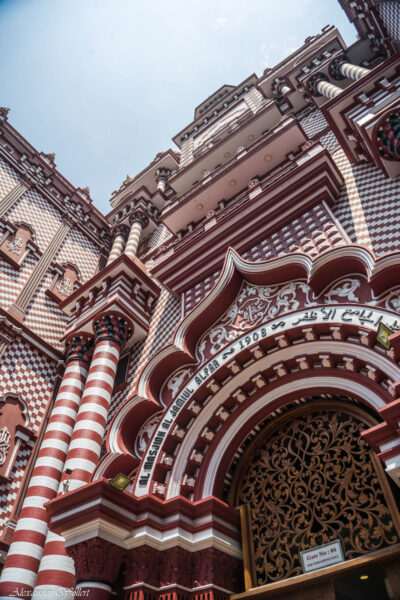

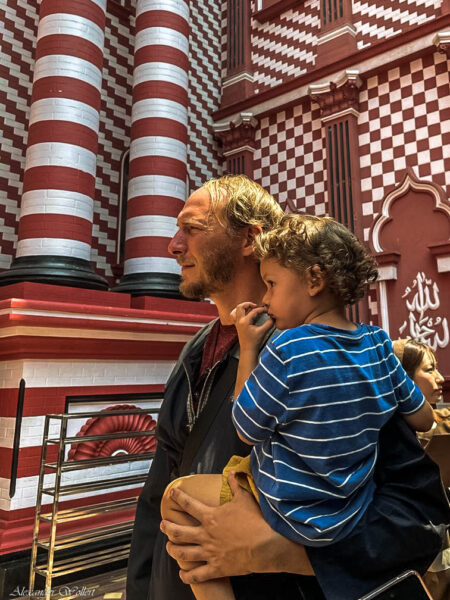


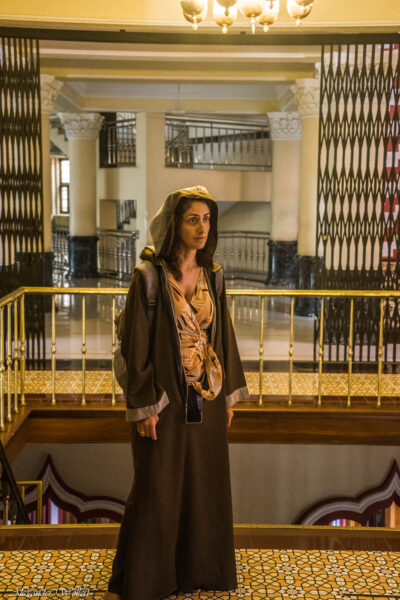
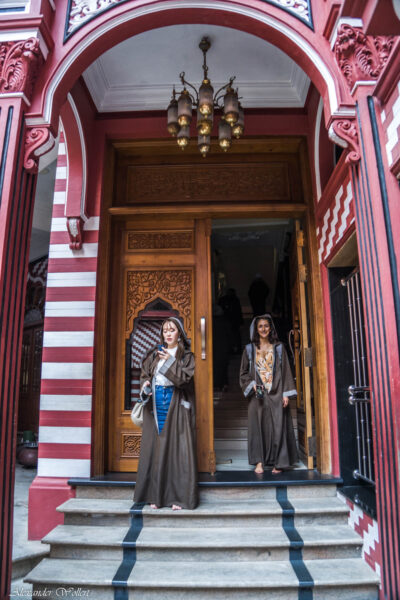
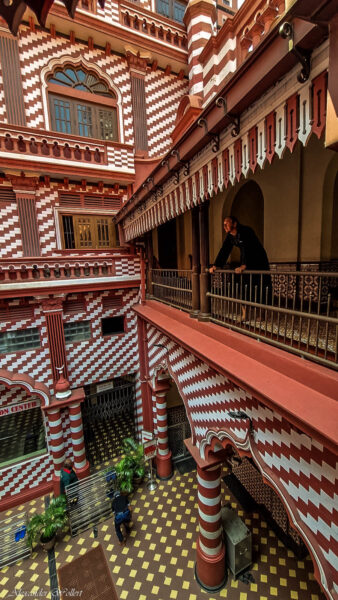

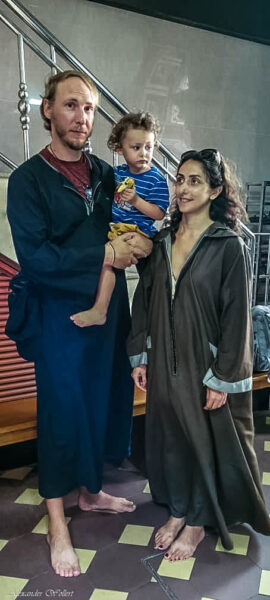
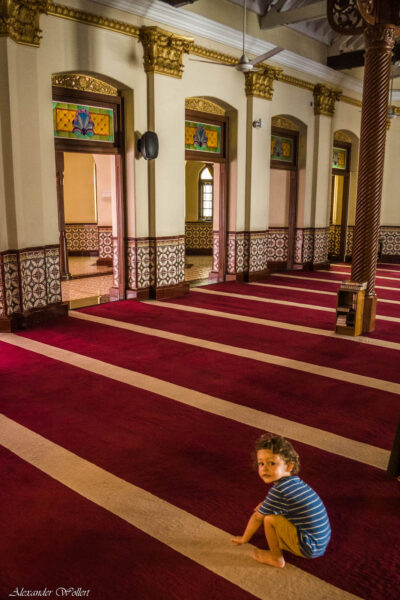
The tour lasts about an hour and is interesting. The architecture is remarkable and the people are very relaxed.
Even Leon has fun because he can let off steam here and finds a water source in every corner.
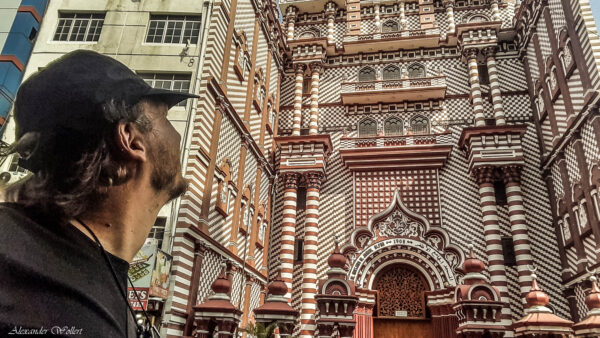
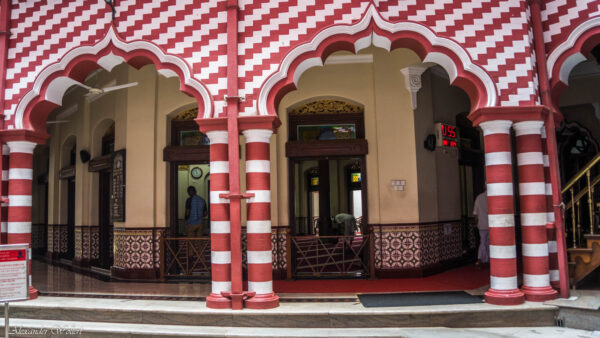
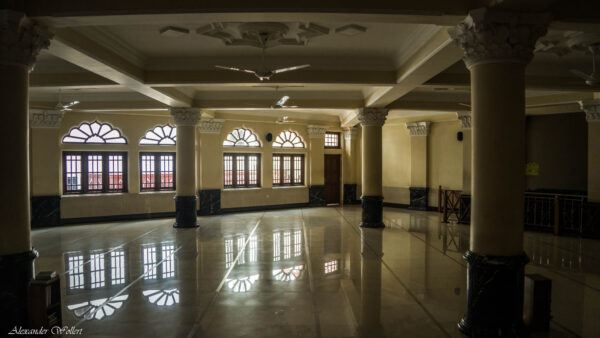
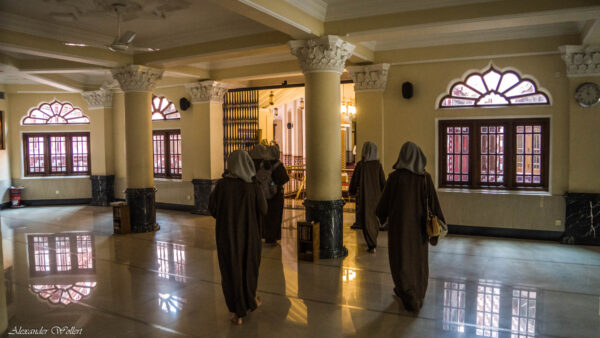
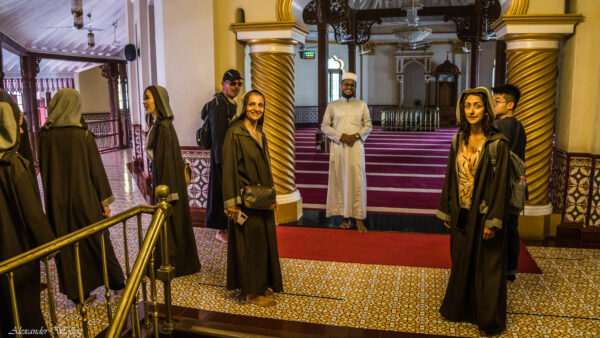
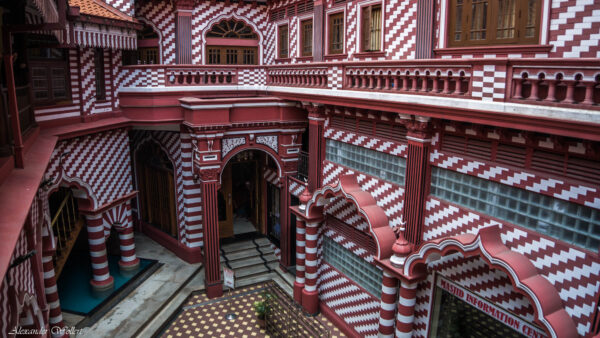
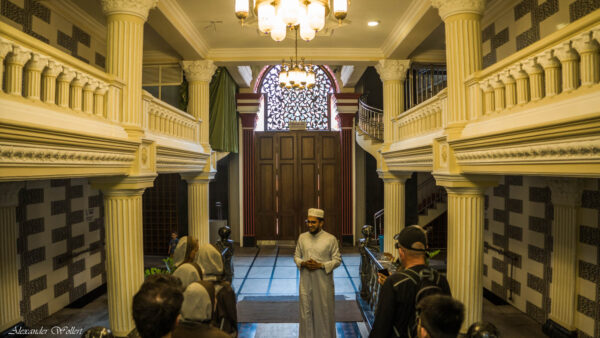
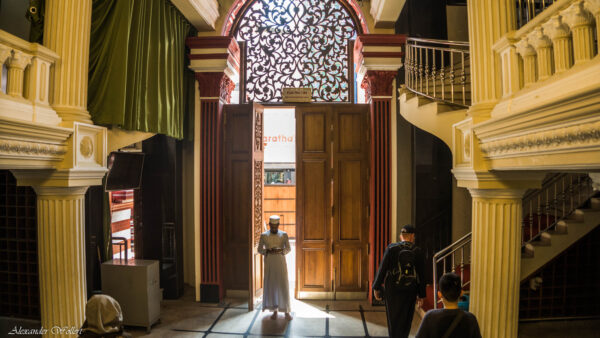
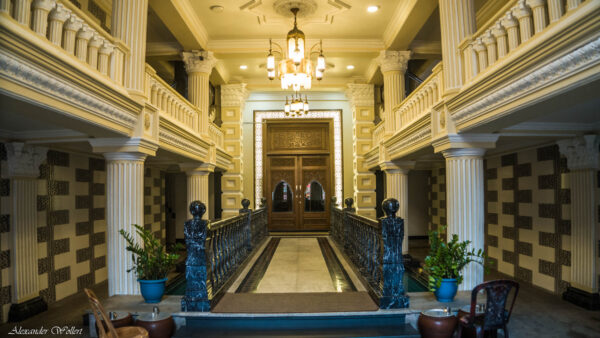


Lavinia Beach
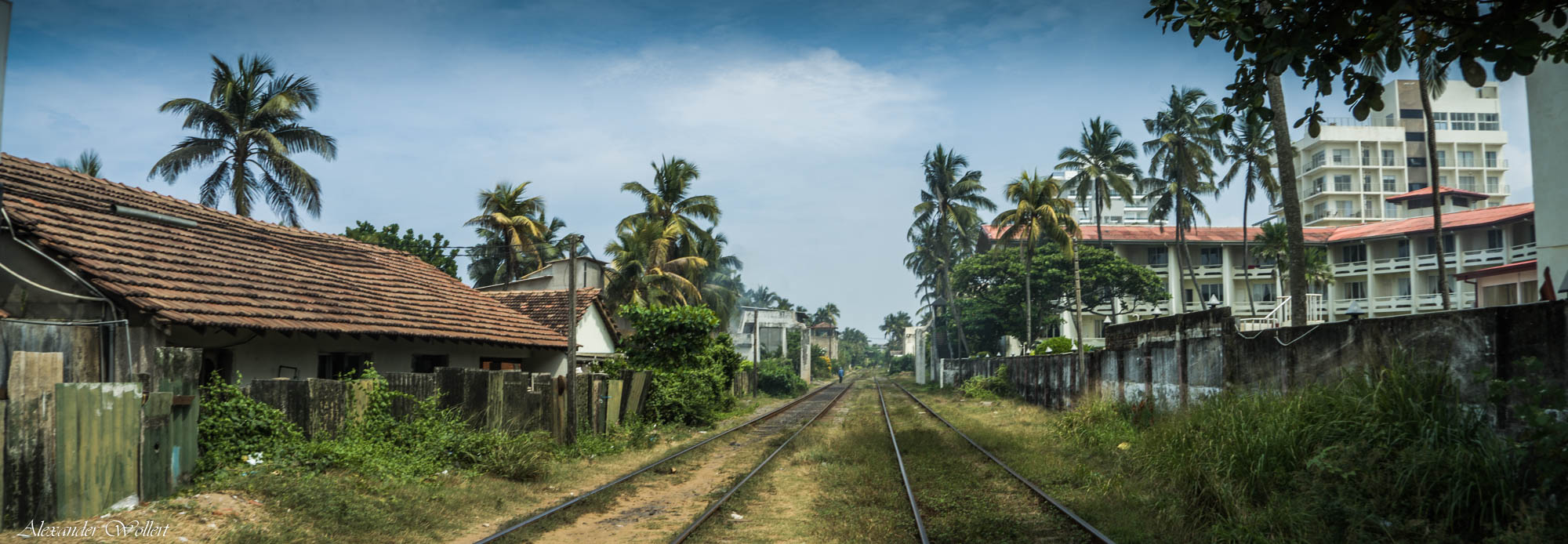
Before we leave, we want to see a tropical beach one more time. We still have fond memories of the great beach in Mirissa. Unfortunately, Colombo doesn’t have many beaches to offer.
Lavinia Beach looks the most beautiful on the map. However, the taxi ride there takes almost an hour.

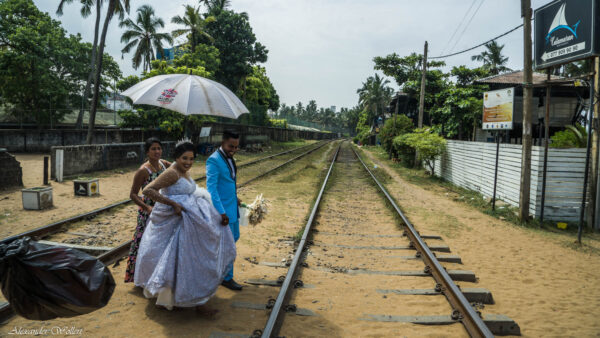
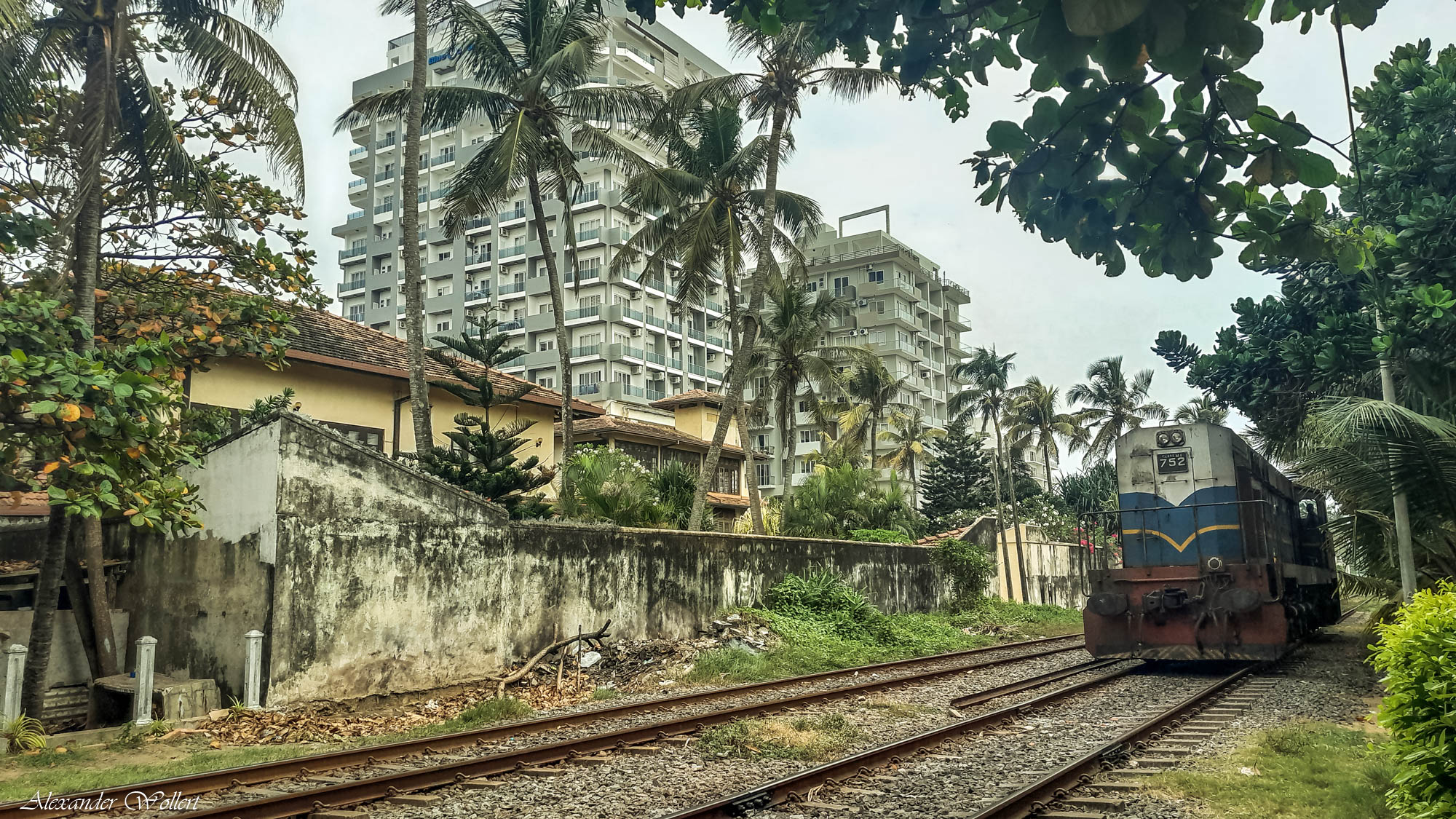
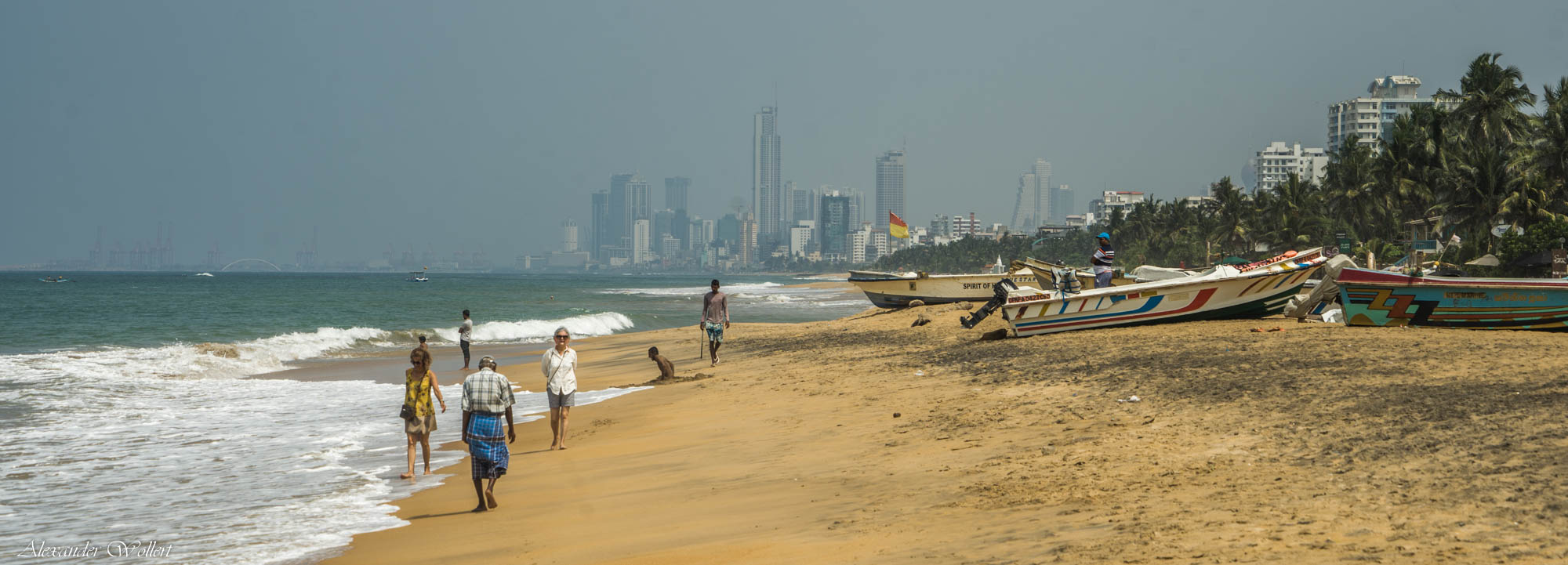
Although there are few beaches, this beach is relatively empty. And clean. In the background we can see the skyline of the business district rising up.
I go swimming again and Leon plays in the sand. We eat at a beach bar, but the prices are expensive here.
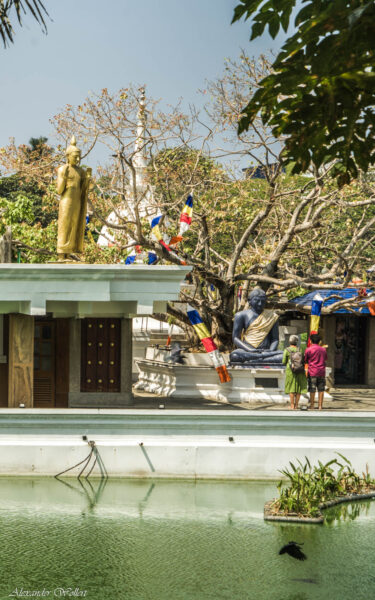
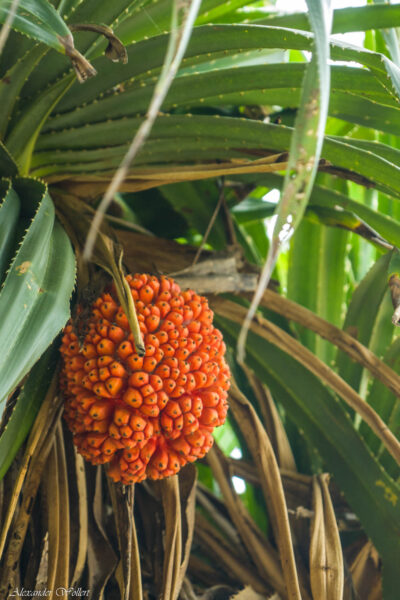
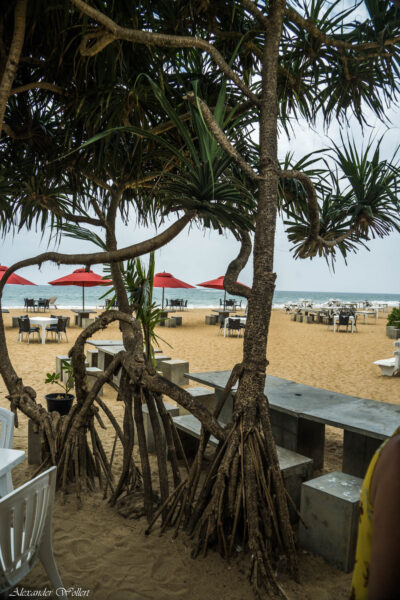

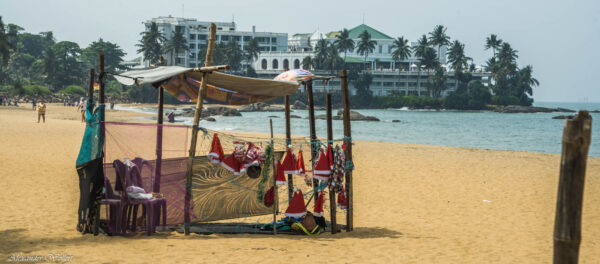

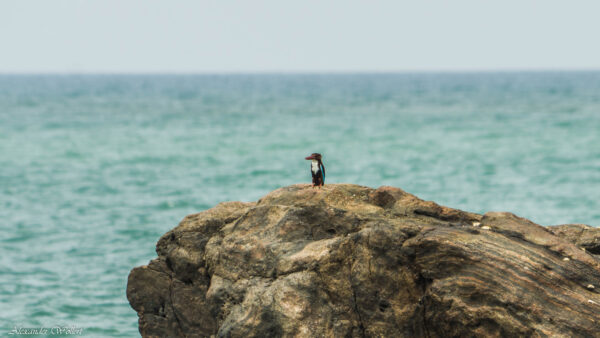

Independence Square
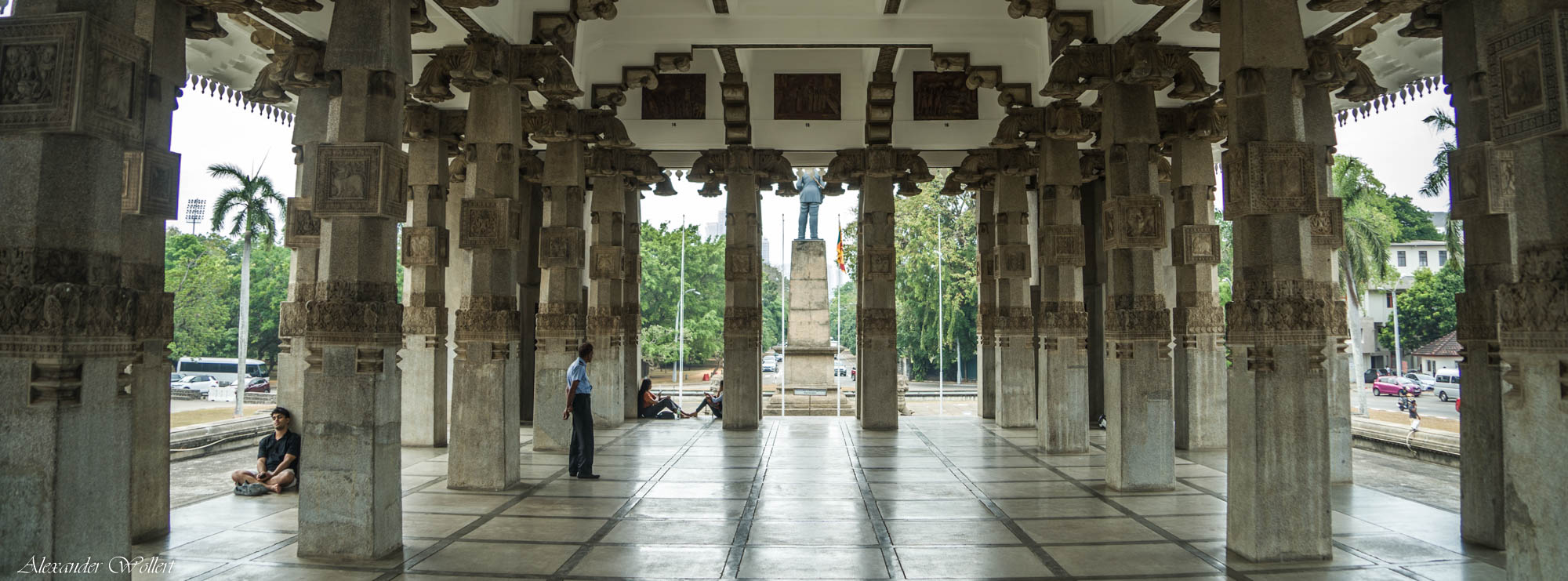

While we are driving through the city by taxi, we stop at Independence Square. Independence Square, also known as Independence Memorial Hall, is a national monument in Colombo. It was built to commemorate the country’s independence from British rule.
On 4 February 1948, Sri Lanka was given full governmental responsibility and a parliament elected by Ceylon was assembled. In 1972, the name Ceylon was officially changed to Sri Lanka, as the term “Ceylon” was still used by the Portuguese colonial rulers.
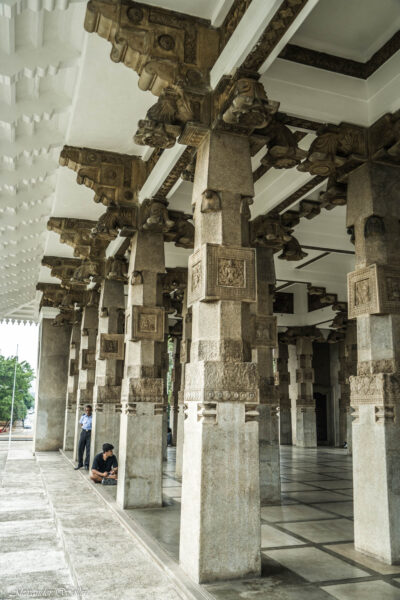
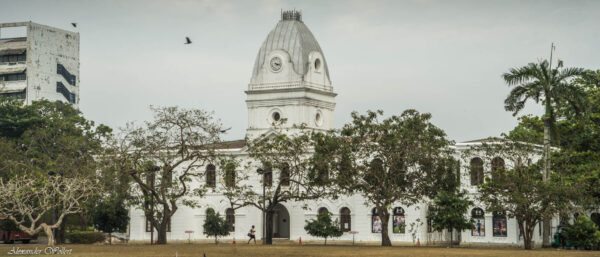

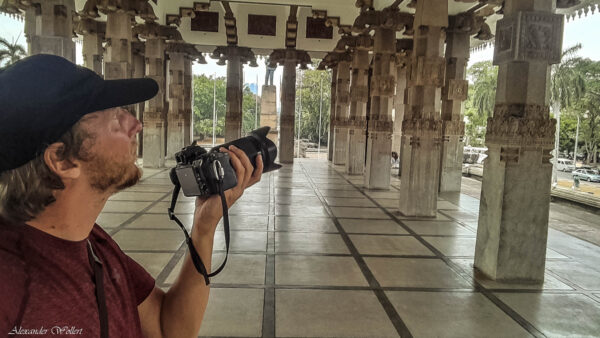
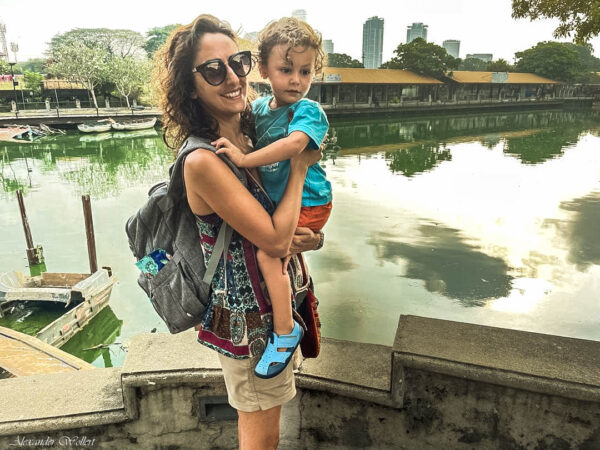
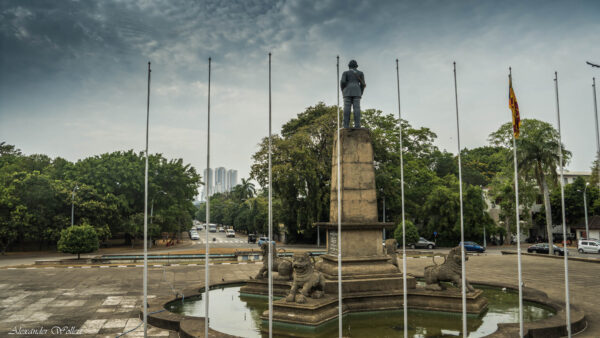

Sri Kaileswaram Temple


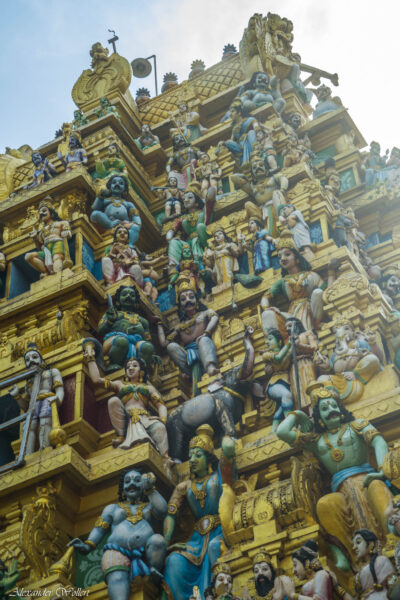
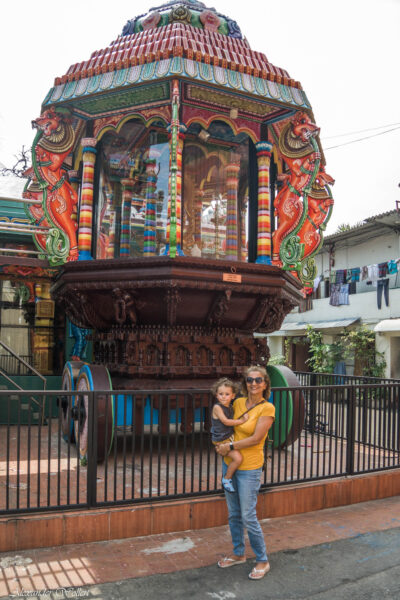

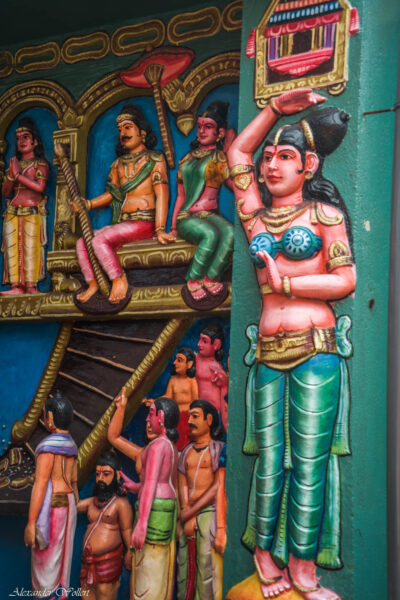
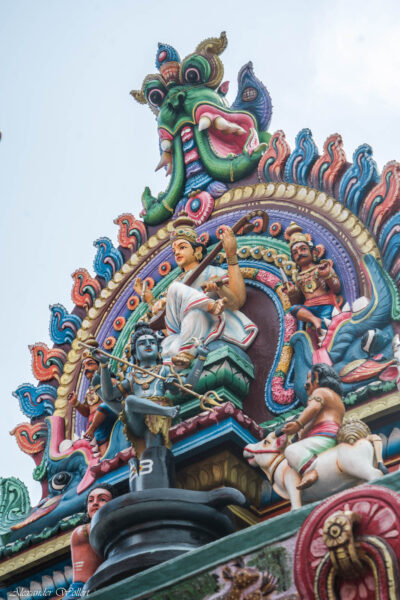
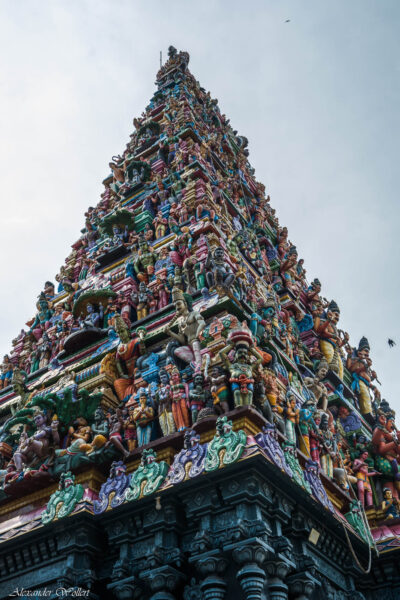
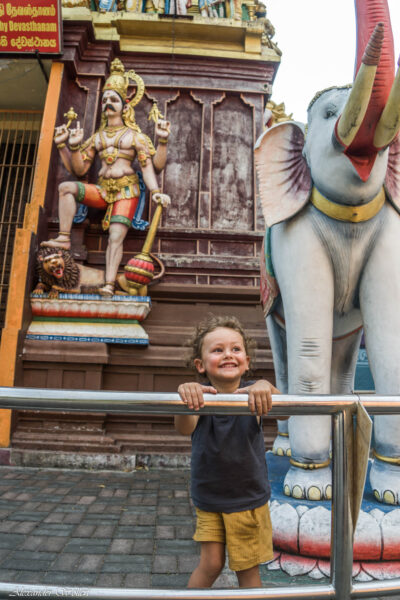



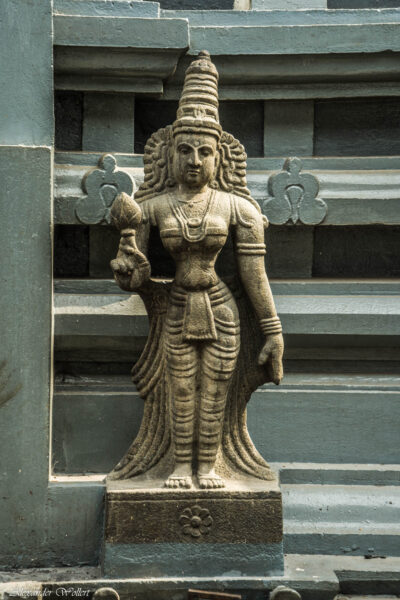
We still have a little too much time and are thinking about what else we can do. On the map we find the Sri Kaileswaram Temple. It is only open from 5 p.m. in the evening, but even from the outside the Hindu temple is something special.
I could spend hours admiring the colorful characters and trying to understand the stories behind the figures.
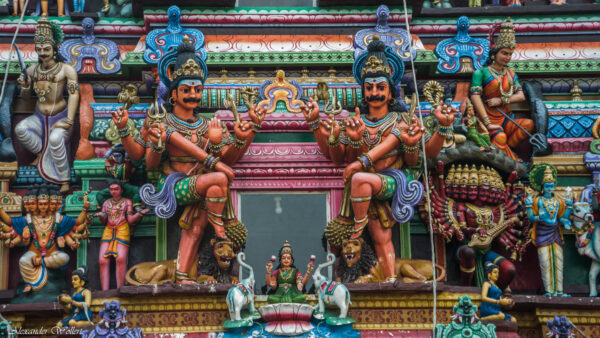
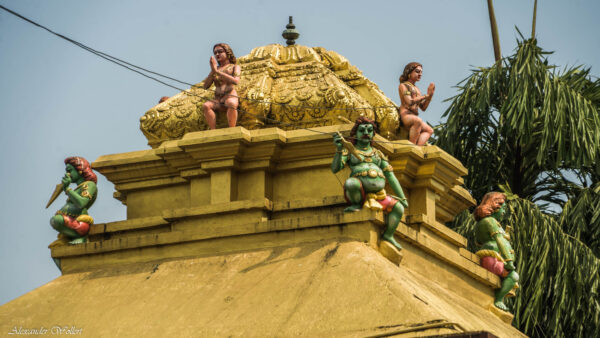
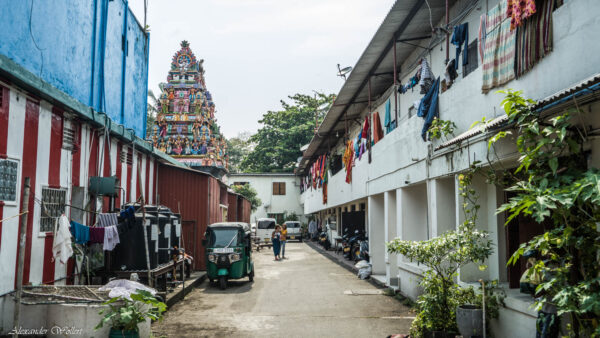


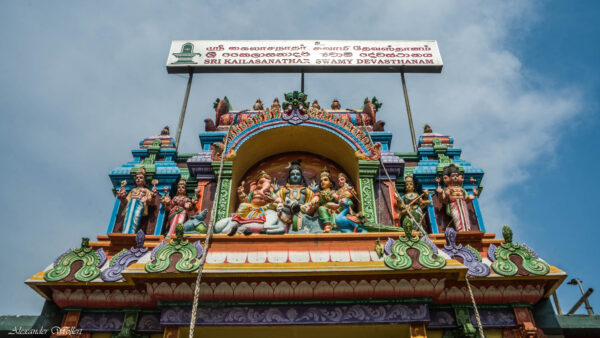
We visit the Buddhist Gangaramaya Temple in Colombo and spend half a day there alone. By chance we come across the night-time Bhagavad Gita festival, which is taking place for the first time in Sri Lanka and not in India.
We notice that the capital also has a lot to offer. After all the experiences on the island, all that’s left for us to do is return home. This travel destination was ideal for an adventurous family and we’re excited to see where we’ll go next.


